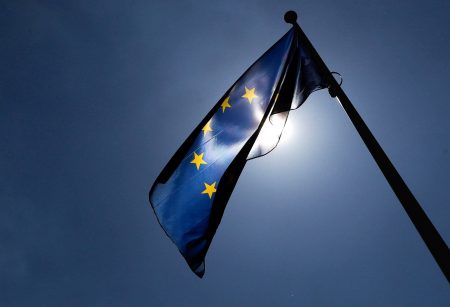The statement of European Commission representative Declan Costello, that the Greek debt may be the highest as a percentage of GDP in the eurozone, but that the cost of servicing it is among the lowest, indicates that the European creditors have changed their narrative.
That is not because the 332 billion euro debt in 2018 can be termed viable in an economy struggling to wrench itself out of an eight-year cycle of great recession, but rather because the transformation of the debt into state lending, with the same interest rates as those paid by Germany, allows Greece to service and pay in a timely manner the interest and capital.
For 2018, the European Stability Mechanism (ESM) is expected to disburse 5.5 billion euros after the completion of the third bailout evaluation, which will be kept as a safety buffer, as will funds to be received after the fourth and last evaluation.
To that 13.6 billion euros in cash reserves, one may add two billion euros already placed in a reserve account.
Interest and expenditures
It is no coincidence that in 2018 the expenditures for interest payments were limited to 2.8 billion euros (or 2.8 percent of GDP), in other words the lowest annual expenditure since Greece adopted the euro. Over the next three years, Greece’s borrowing needs will be less than 10 billion euros annually, or about five percent of GDP.
All this suggests that Greece’s return to the markets early next year, after the completion of the third bailout programme evaluation, has been well planned. The 29.5 billion bond swap of bonds from the era of the PSI debt write-down is part of this framework, with the five new bonds coming to maturity at intervals -2023, 2028, 2037 – up until 2042.
The swap is expected to conclude on Tuesday, and there are indications that it will exceed 70 percent of the total amount.
Market experts say that the swap is the third stage in the recovery of the country, after the 102 billion euro 2012 PSI debt write-down, the repurchase of bonds with the reserves of the second bailout memorandum, and a bond swap with one-third in the hands of the Bank of Greece and Greek bondholders and two-thirds in foreign portfolios.
With the above moves and after the debt write-down, the debt stabilized at 320 billion euros, and at every stage the investor profile changes. After the ravens who bet on a second bankruptcy came the hedge funds seeking quick profits.
Hence, from now on the focus will be on maintaining the low cost of servicing the debt, along with paying off the expensive loans of the IMF (11.3 billion euros with a five percent interest rate and on lowering borrowing).
Zois Tsolis




